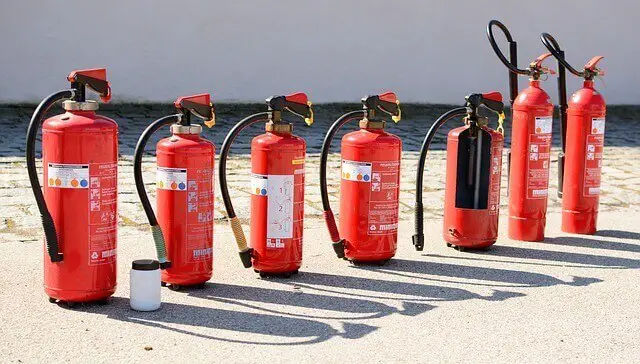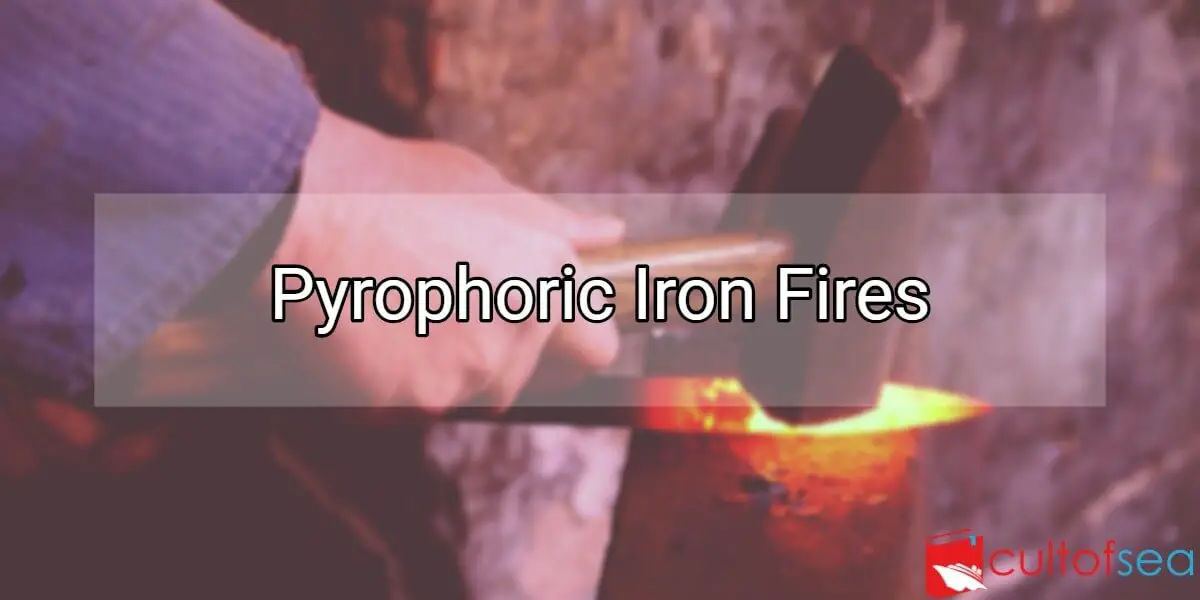The Nature of Fire: Fire is a chemical reaction known as combustion which occurs when fuel and oxygen are brought together with sufficient heat to cause ignition. A fire cannot start , or continue, if one side of the fuel-oxygen-heat triangle is absent, or if there is an interruption in the chemical chain reaction that sustains burning.Oxygen, heat and fuel are frequently referred to as "fire triangle". Add in the fourth element, the chemical reaction and you actually have a fire. The important thing to remember is: remove one of these elements and you will not have a fire or the fire … [Read more...]
Pyrophoric Iron Fires
At one time or another, most refineries experience spontaneous ignition of iron sulphide either on the ground or inside equipment. When this occurs inside equipment like columns, vessels, and tanks and exchangers containing residual hydrocarbons and air, the results can be devastating. Most commonly, pyrophoric iron fires occur during shutdowns when equipment and piping are opened for inspection or maintenance. Instances of fires in crude columns during turnarounds, explosions in sulphur, crude or asphalt storage tanks, overpressures in vessels, etc., due to pyrophoric iron ignition are not … [Read more...]

